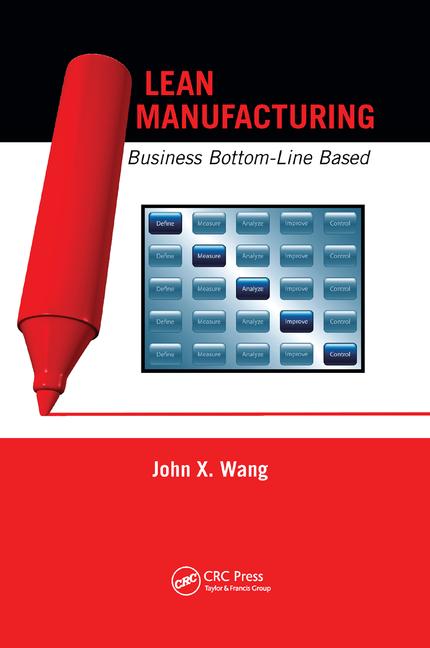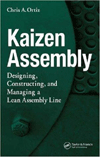Even though Al Gore lost the presidential election, the issue of the environment is certain to remain at the forefront of national politics. Issues, such as oil exploration in the Arctic National Wildlife Refuge or water management in the West, will test bipartisanship in Congress.
The environment will also be a critical issue for manufacturers. That's why the University of California at Berkeley formed the Consortium on Green Design and Manufacturing (CGDM) in 1993. The CGDM encourages multidisciplinary research and education on environmental management, pollution prevention and design for environment.
To find out what's on the CGDM's agenda, we spoke with its director, Arpad Horvath, Ph.D. An assistant professor of civil and environmental engineering, Dr. Horvath has earned industrial ecology fellowships from the AT&T Foundation and Lucent Technologies. His research has focused on life-cycle assessment modeling, environmental performance modeling, and the environmental implications of the construction, electronics and service industries.
Q: How "green" is the typical assembly plant?
Horvath: Assembly plants tend to be clean. Other than scrap, there isn't much waste to be found in them. The focus of environmental management is shifting away from final assembly toward the supply chain.
Q: How can OEMs influence the environmental practices of their suppliers?
Horvath: With incentives. For example, the Environmental Protection Agency [EPA] has instituted an environmentally preferable purchasing program. If you want to do business with the government, you have to show that you're environmentally friendly.
It's important for some OEMs to be perceived as being green, and that can only occur if their supply chains are also green. General Motors, for example, can do everything possible to make its assembly operations environmentally responsible. It can produce very little scrap. It can make its operations energy-efficient. It can eliminate the use of solvents. But, if the bumper it buys from a plastics supplier isn't recyclable, GM is responsible for it, not the supplier.
Q: What simple steps can assembly plants take today to be more green?
Horvath: There's lots of low-hanging fruit still out there. Scrap continues to be a concern, and eliminating that is always a good business decision. But, we're going to run out of easy fixes pretty soon, and more radical changes will be required.
Q: Is there a specific industry that is particularly good at being environmentally responsible?
Horvath: The automotive and electronics industries have emerged as leaders in several environmental management areas.
One of these is design for environment. The dashboard of a typical American car once contained several dozen types of plastic. Now, it has less than 10. That's good for business, because it's easier to manage the supply chain. And it's good for the environment, because the dashboard is easier to disassemble and recycle.
One example of design for environment in the electronics industry is the Energy Star certification. [Administered by the EPA, this voluntary program certifies that electronic devices meet certain energy-saving requirements.] A computer that has Energy Star certification consumes much less power when it is idle than when it's in use. For an individual computer, the incremental energy savings may be small. But, if you consider all computers nationwide, the savings are enormous.
The automotive and electronics industries have also taken the lead in design for disassembly. Take-back laws in Europe mandate that [worn out] cars and electronic products must go back to the original manufacturers so they can be disposed of responsibly. As a result, products must be designed with disassembly in mind. Prior to these laws, the average computer contained dozens of screws. Now, it has much fewer screws, and when those fasteners are removed, the whole thing comes apart. Not only does that make it easier to disassemble, but it also saves assembly and labor costs.
Q: Some manufacturers are reluctant to adopt environmentally friendly practices because they believe it will be too expensive. How do you persuade them to be more green?
Horvath: There is a strong correlation between environmental costs and economic costs. If you can avoid environmental costs, it can affect the bottom line directly. For example, spending money on good environmental practices early can help manufacturers avoid liability for environmental cleanup later on. Many companies have saved money by eliminating or reducing environmentally harmful substances.
It's ironic that developing countries say they can only afford to spend on the environment once they become rich. In fact, that's not a very sustainable view. A lot of environmental problems can be avoided very early in the development process, and these countries can avoid the mistakes that more industrialized countries have made.
Q: What can manufacturers do to improve product end-of-life management?
Horvath: Several examples come to mind. Bosch in Germany has been at the forefront of product end-of-life management. Bosch takes back alternators and starters from old cars, remanufactures them, and certifies them as being on par with new parts. Bosch can then resell them in a market where they can't meet demand. Bosch makes a profit, and it's good for the environment. Alternators and starters tend to outlast cars by several factors. There's no reason for those parts to die at the same time that cars do.
Another company that comes to mind is Hewlett-Packard. The company makes sure that every stage of a product's life, from design to manufacture, is environmentally friendly. Even after the product leaves the factory, HP is still very much interested in what happens to it, environmentally. An increasing number of products are coming back to HP--not just printer cartridges, but entire printers.
Xerox is another company that does well by doing good. They have instituted take-back on a large scale. They take back old copiers and reuse lots of components. Many copier components do not wear out with the overall machine.



